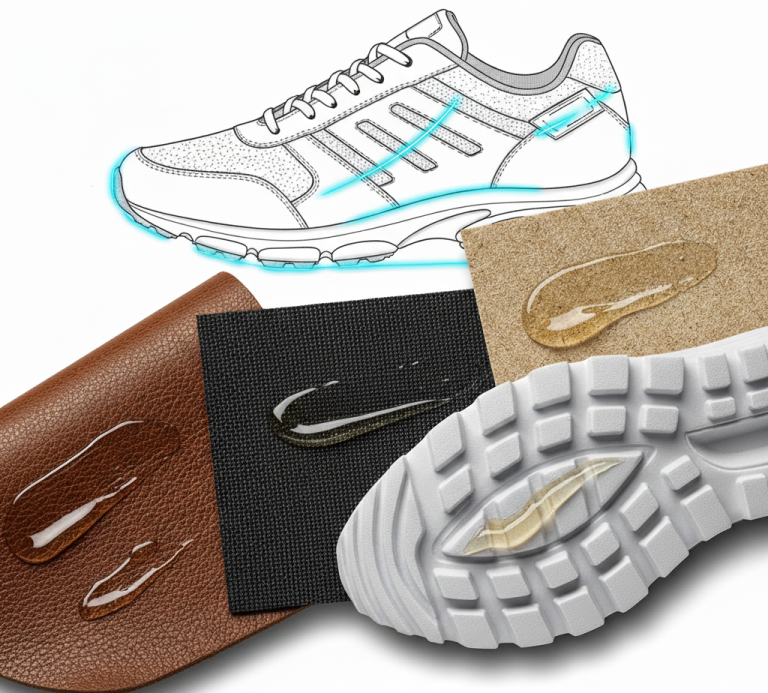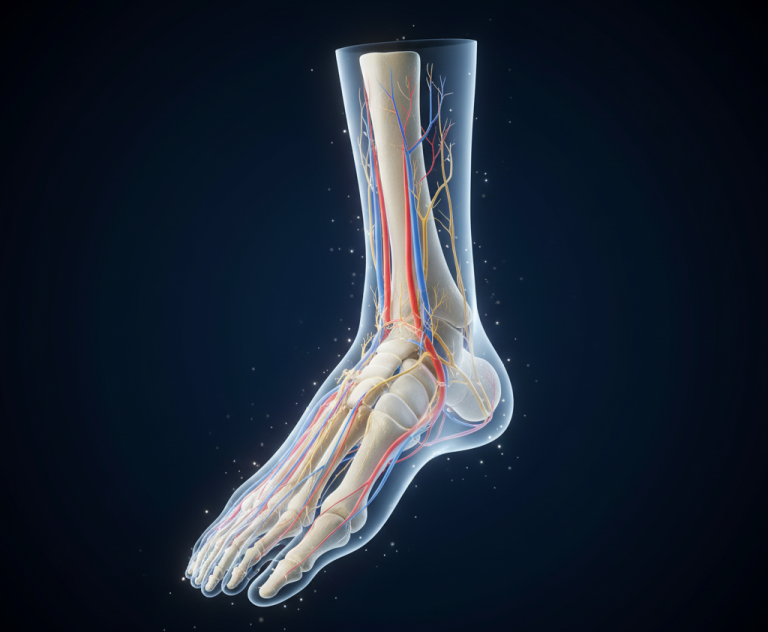A Step Through Time: The Evolution of Shoes
Footwear has always been more than just protection for our feet—it’s a reflection of culture, technology, and identity. From prehistoric sandals to high-tech sneakers, the history of footwear is a fascinating walk through human history, showcasing the evolution of shoes across millennia. As we explore footwear through the ages, we’ll uncover how ancient designs paved the way for modern innovations, blending function with fashion in ways that continue to shape our world
🪨 Prehistoric Beginnings: Function Over Form
In the harsh landscapes of our ancestors, ancient shoe design prioritized survival over style. Evidence from skeletal remains suggests that early humans began using basic foot coverings around 40,000 years ago to shield against cold and rough terrain. These primitive wraps, likely made from animal hides or plant fibers, marked the dawn of footwear through the ages. BRITTANICA
One of the oldest surviving examples is the Fort Rock Sandals, dating back to about 10,000 BCE. Discovered in an Oregon cave, these were meticulously woven from sagebrush bark, providing essential protection for nomadic hunter-gatherers. Fast-forward to 3,500 BCE, and the Armenian Leather Shoe—unearthed in a cave in Areni—reveals a leap in craftsmanship. This one-size-fits-all, grass-stuffed leather boot resembled early lace-ups, complete with laces for a snug fit. These artifacts highlight how ancient shoe design evolved from necessity, setting the foundation for more complex styles. AFANAPOULIOT
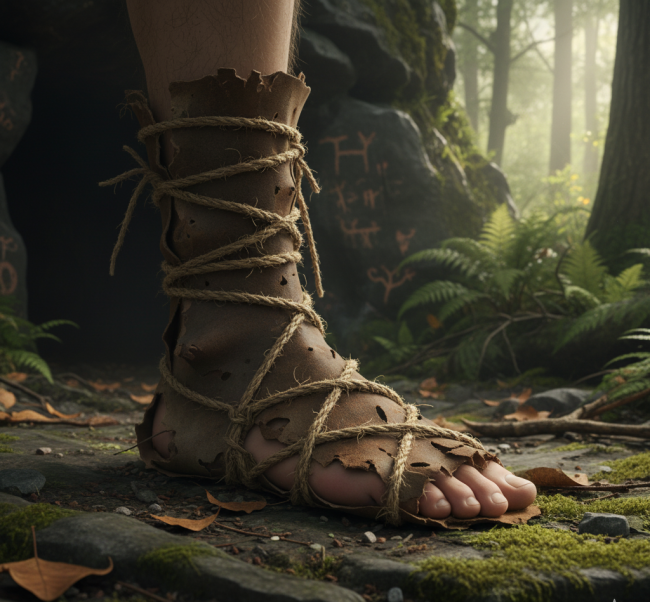
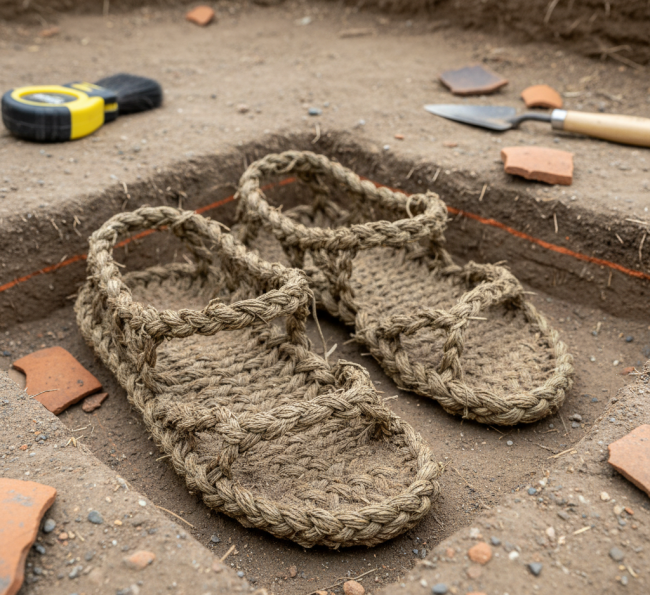
🏺 Ancient Civilizations: Craft Meets Culture
As societies flourished, so did the artistry of shoes, turning them into symbols of status and ingenuity. In ancient Egypt, royalty donned sleek papyrus or leather sandals adorned with gold—elegant precursors to today’s flip-flops, reserved for pharaohs and priests. These designs emphasized breathability in the desert heat, influencing global evolution of shoes. HISTORYFACTS
Across the Silk Road, Chinese artisans crafted durable hemp sandals around 2000 BCE, blending functionality with regional motifs that spread eastward and westward. Meanwhile, the Romans revolutionized ancient shoe design with cork-soled caligae—shaped specifically for left and right feet, a major innovation that improved fit and mobility for soldiers and civilians alike. Greek influences added variety, from simple thong sandals to elevated cothurnus for theater performers, underscoring shoes’ role in daily life and performance. HISTORYFACTS BRITTANICA
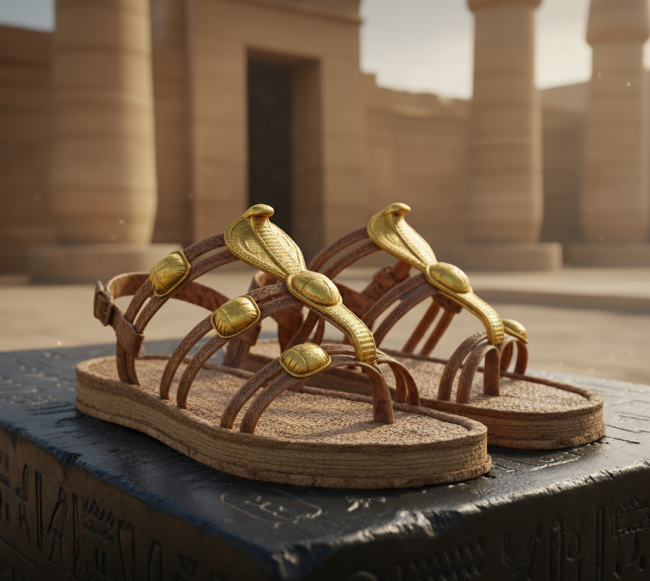
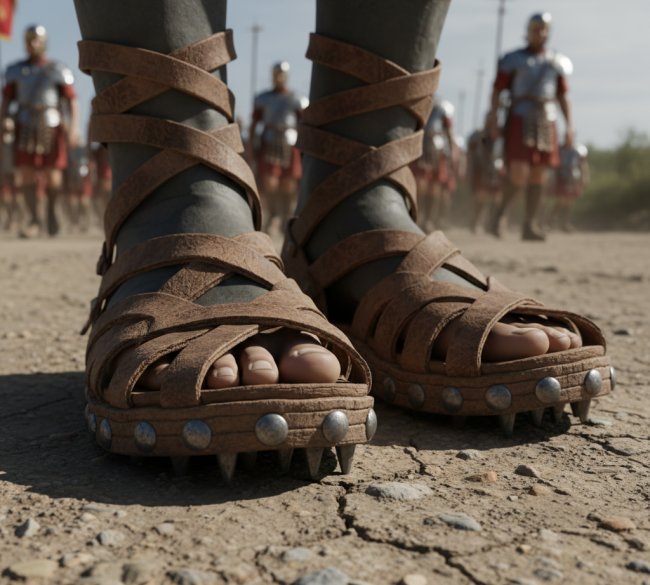
👑 Medieval Europe: Fashion Takes Over
The Middle Ages shifted footwear through the ages from utility to extravagance, as shoes became bold statements of wealth and power. In 1305, King Edward I of England standardized shoe sizing using barleycorns (three grains equaling one inch), making bespoke fits more accessible to the nobility..
By the 14th century, “poulaines”—long, pointed toes that could extend up to two feet—dominated fashion among Europe’s elite. These impractical yet iconic shoes, often stuffed with fabric for shape, signified status but led to sumptuary laws limiting their length to curb excess. The Renaissance brought heels into vogue around the 16th century, originally designed for Persian cavalry riders to grip stirrups better. Adopted by European men, they symbolized masculinity before evolving into women’s fashion staples. This era’s history of footwear blended medieval whimsy with emerging Renaissance elegance.
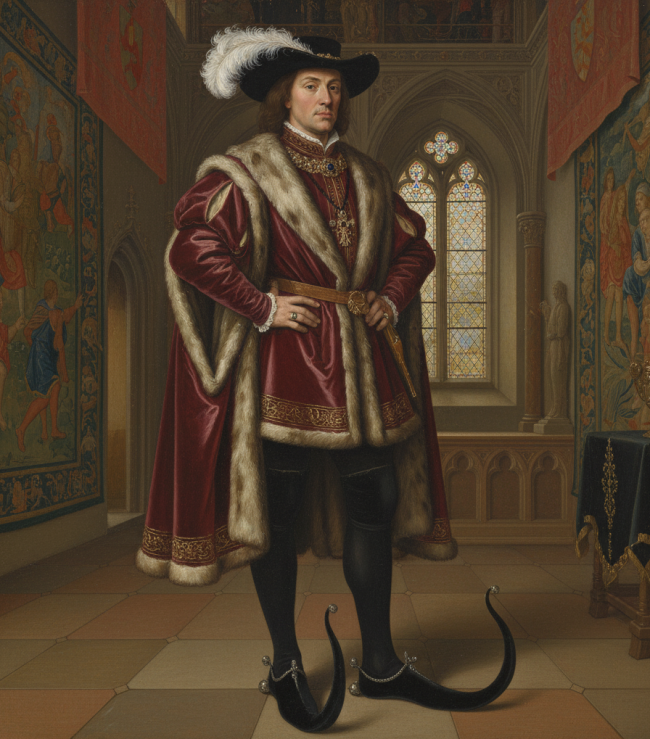
🏭 Industrial Revolution: Mass Production Begins
The 19th century’s mechanization democratized shoes, transforming the evolution of shoes from handmade luxuries to everyday essentials. By the 1800s, steam-powered factories enabled mass production, slashing costs and making quality footwear available to the working class.
A pivotal moment came in 1869 with Charles Goodyear’s welt construction technique, which stitched soles to uppers via a flexible strip, enhancing durability and ease of repair. The sewing machine, refined by Isaac Singer in the 1850s, further accelerated production. The 20th century birthed modern categories: vulcanized rubber sneakers in the 1830s for croquet players, evolving into athletic icons, alongside loafers and the razor-sharp stilettos of the 1950s. GRANULON
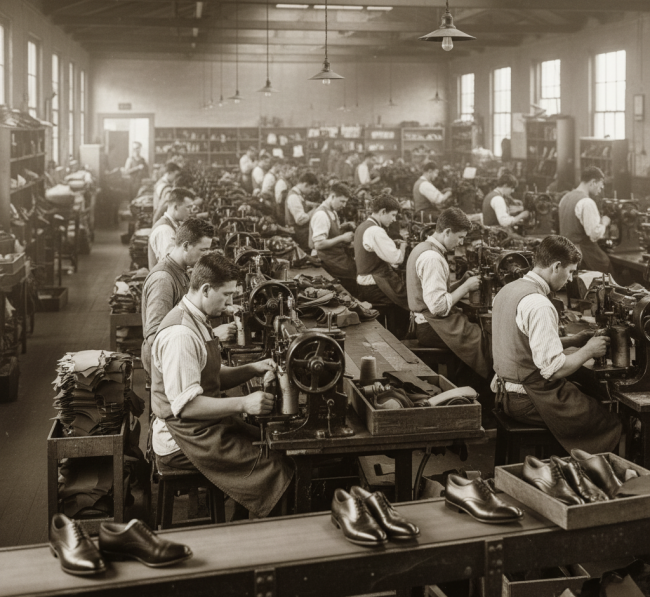
🧬 Modern Era: Technology, Sustainability & Style
Today’s footwear through the ages culminates in a fusion of performance and purpose. The sneaker boom ignited in the 1970s with brands like Nike and Adidas, turning athletic shoes into cultural phenomena—think the 1985 Air Jordan launch, which blended sports tech with street style. Modern sneaker technology now includes air-cushioned soles and responsive foams for peak performance.

Innovation extends to smart shoes with embedded sensors for gait analysis and posture correction, while sustainable footwear trends dominate: recycled ocean plastics in Adidas’ Parley line, plant-based leathers from mushrooms or pineapple leaves, and biodegradable soles reducing environmental impact. Post-1950s material booms in synthetics paved the way for these eco-conscious designs

“smart shoe”
🧠 Final Thoughts
From bark-wrapped feet 40,000 years ago to biometric sneakers tracking our every step, the history of footwear mirrors humanity’s ingenuity and values. As sustainable footwear trends and tech advancements propel us forward, shoes will continue to evolve, blending comfort, culture, and conscience. What’s your favorite era in the evolution of shoes? Share in the comments!




